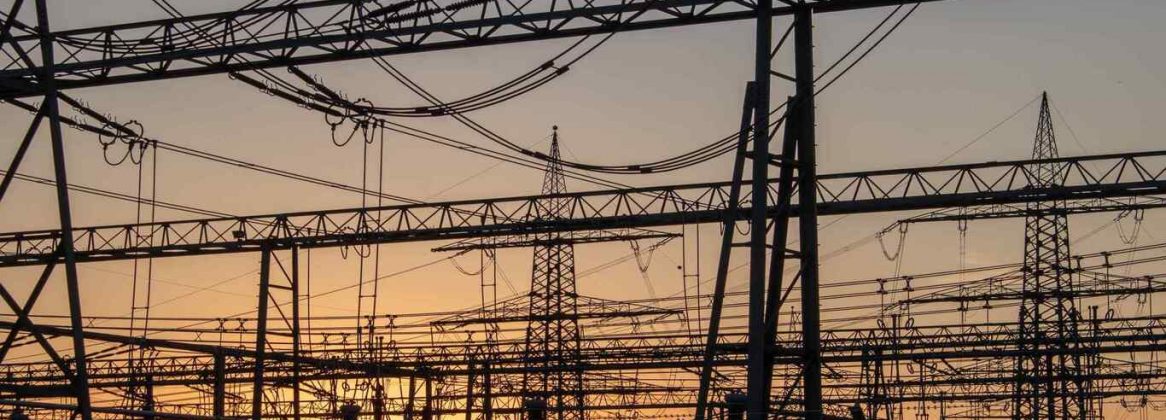The Power Industry is a major subset of the heavy industry that deals with the production, transmission, and sale of energy – an essential requirement for homes, infrastructure, and other industries. Some subsectors in the industry include the oil & natural gas industry, the coal industry, nuclear power industry, electrical power industry, and the renewable energy industry. In this article, we consider several challenges in the Power Industry and reflect on how Connected Worker platform systems and digitalization can improve operations in the industry – helping them scale above these challenges.
The Power Industry – an overview of some challenges
- As rising world population and industrialization continue to drive energy demand, the Power Industry has had to counterbalance depleting reserves (and environmental concerns) of traditional power generation methods with the intermittency of renewables vis-á-vis the safety risks of nuclear power. The outcome is that many countries combine several of these methods – harnessing their collective potential to offset their individual drawback.
At current consumption rates, proven petroleum reserves will last for around 40 more years; natural gas, around 60 more years, and coal; around 150 years – British Petroleum, 2008
- Like many of their counterparts in the heavy industry, the power industry is also confronted with the skill gap – a ‘bad fit’ between the skills required in the industry and those held by job seekers. The gap is further widened by the impending (and already occurring) retirement of many experienced workers across the industry.
25% of US employees in electric and natural gas utilities will be ready to retire by 2022 – US Department of Energy, January 2017.
On one hand, these workers need to be replaced by competent recruits and on the other hand, the industry needs to coordinate a drive to document their vast knowledge, workaround brilliance, and technical expertise before it is lost.
- Another challenge faced by the power industry, mostly by coal, petroleum & natural gas, is the environmental regulation conundrum – specifically, how to maintain regulatory compliance in industries where established operational procedures carry an outsized carbon footprint. Climate change is no longer relegated to the backburner – not in policies nor in action. And as its widespread effects have fuelled public consciousness; sustainable practices have become an essential requirement to doing business. For industries, the only viable path forward is to adapt and come up with innovative strategies to reduce emissions, in line with the global sustainability agenda.
- For the power industry, it is widely acknowledged that this adaptation (mentioned above) will eventually culminate in a transition to cleaner renewable alternatives. But as long as renewable energies remain costly and unreliable, innovation is required to solve their inhibiting problems and consolidate gains in traditional power generation methods. To do this, the amount of data that companies capture all through the lifecycle of their assets has to increase. Moreover, mechanisms should be in place to analyze this data and obtain insights that drive sustainable, reliable, and profitable production.
Connected Worker Platforms – a way for the Power Industry to thrive
Connected Worker Platforms are industry 4.0 mechanisms and modern digitalization tools that are specially geared to improve control ‘in highly complex, highly variable industrial contexts. They simplify human tasks and help streamline operations to enhance safety, collaboration, and decision-making. Powered by cloud computing, the internet of things, and artificial intelligence, amongst others, Connected Worker Platforms foster operational agility – helping companies in the Power Industry to quickly obtain business insights from data, even as it increases the scope of granular and quality data that can be captured.
Some ways in which Connected Worker Platform aids operations in the power industry
- Enterprise resource planning
- Centralized data management
- Asset management
- Training and rapid digitization
Enterprise resource planning
There are several business aspects to the Power Industry, besides the production and distribution of energy. For example, companies have to plan meticulously, purchase inventory, and manage finances & human resources. Typically, these areas are assigned to specific teams and departments who, in practice, often work independently from one another. The problem with this approach is an absence of visibility and the ability to collaborate when departmental functions align.
Enterprise resource planning integrates the various business parts and departmental functions into a unified system for easy, company-wide access. In a Connected Worker Platform, the unified system is accessible through a single interface. This promotes information sharing, teamwork, and real-time communication. In the power industry, this can reduce errors associated with mal-visibility and improve data reporting.
Data management
Companies have tons and tons of data but success isn’t about data collection, it’s about data management and insight – Prashanth Southekal, head of data for Business Performance Institute
A feature of most Connected Worker Platforms is the ability to analyze data en masse using the capabilities of machine learning and artificial intelligence. In renewables, for example, data management and rapid quality analysis can enhance R & D, helping to accelerate the development of long-lasting batteries. In coal plants and oil & gas operations, better data management provides insights that can form the basis for lowering emissions and optimizing variables like fuel consumption and temperature. And in the nuclear power industry, it can alleviate the safety load of EHS professionals and propel more robust safety measures in plants.
Asset management
Connected Worker Platforms – connected with sensors – can help power companies monitor the performance of their assets and view equipment data in real-time. In cases where emerging patterns of malfunctioning are discovered, the equipment can be pre-emptively repaired to prevent future breakdown and the resulting downtime. Also, sustained monitoring of assets can be used to generate periodic maintenance schedules so that maintenance teams have fore-knowledge and adequately prepare to maintain machines.
Proactive asset management in the power industry enhances the reliability of operations. And as emissions have been found to increase with deteriorating engine conditions, it also reduces the negative environmental impact of production.
Training and rapid digitization
The more people are connected to their work environment and have assisting tools, the greater value that can be unlocked in the business’s operation. This holds true for the power industry.
Connected Worker Platforms facilitate enriched 3D training that supercharges on-boarding gains and helps new workers adapt to the complexities of their work. For recruits whose skills are not consistent with the job tasks, they can be ‘coached’ in real-time with digitalization tools like remote assist, virtual support, and augmented work instructions. Besides, companies can document and digitize knowledge from soon-to-retire workers – storing it in a secure, cloud-based platform for future access.
Why Maximl?
Maximl’s no code Connected Worker Platform has helped leading factories within the Power Industry streamline safety, quality, and maintenance procedures on their shop floor. Our solution requires little onboarding, integrates with enterprise-wide systems, and provides a holistic view of end-to-end factory assets.
Maximl Features
- Digitizes quality standards and procedures in a few minutes
- Enriches communication and collaboration
- Supports multimedia attachment for complaints
- Works offline in low-connectivity areas



